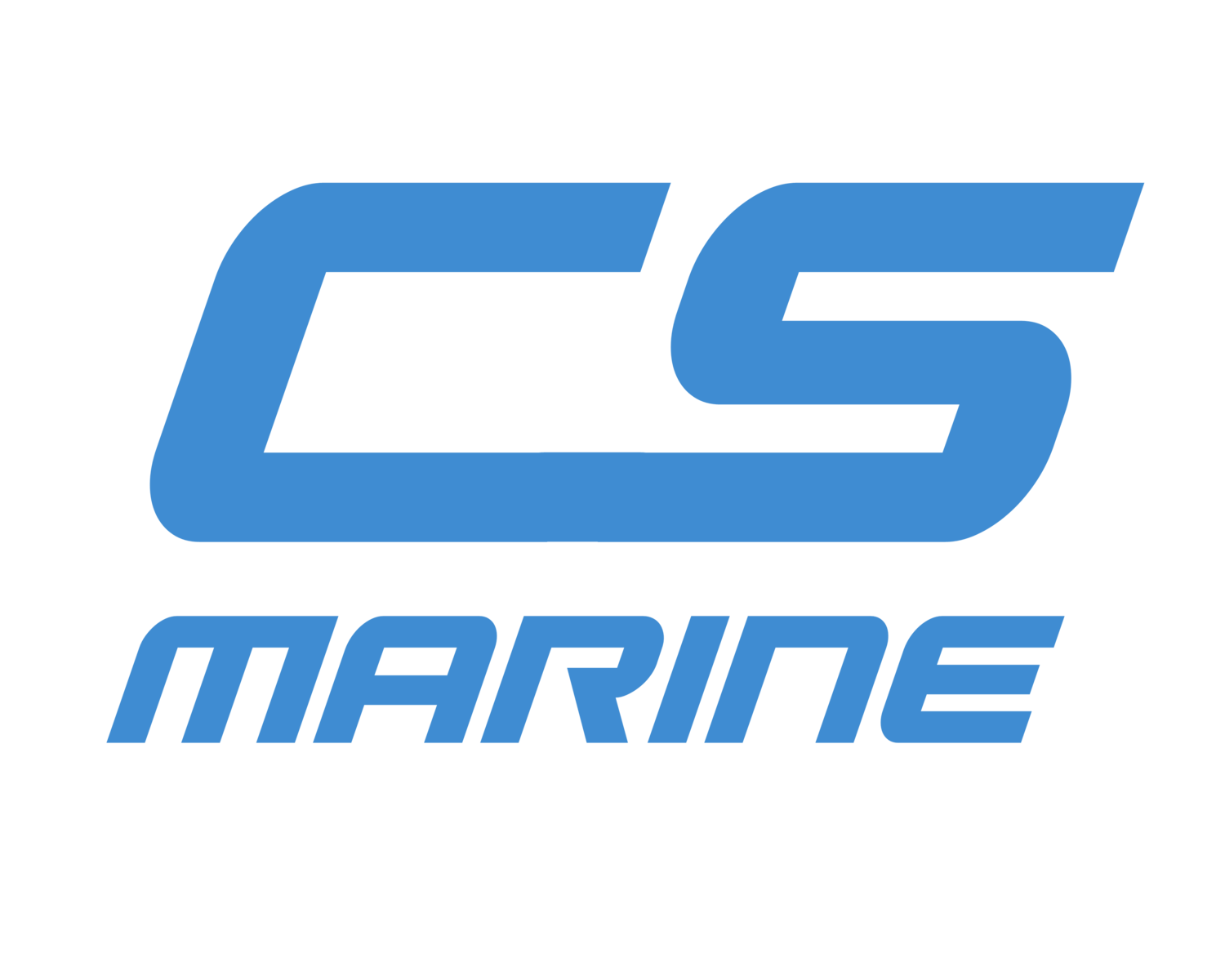By: Megan Eckstein
July 9, 2018 5:57 PM
An MQ-8C Fire Scout unmanned helicopter conducts underway operations with an MH-60S Seahawk helicopter and the Independence-variant littoral combat ship USS Coronado (LCS 4) on June 28, 2018. The new Fire Scout variant is expected to deploy with the LCS class to provide reconnaissance, situational awareness, and precision targeting support. US Navy photo.
The Navy completed a comprehensive Initial Operational Test and Evaluation (IOT&E) for the MQ-8C Fire Scout, proving that the unmanned helicopter can work with a Littoral Combat Ship to identify targets and gather intelligence in support of surface warfare.
USS Coronado (LCS-4) and Air Test and Evaluation Squadron 1 (VX-1) completed the test event on June 29, according to a Navy news release.
“The results, lessons learned, and recommendations reported on following this underway test period are absolutely invaluable to the future of the MQ-8C Fire Scout’s mission effectiveness and suitability to perform that mission,” Lt. Cmdr. Seth Ervin, the lead for the VX-1 detachment aboard Coronado, said in the news release.
The IOT&E not only looked at the unmanned vehicle’s ability to work with the LCS but also with manned helicopters as well. The evaluation “also focused on developing practices for simultaneously operating and maintaining both the MQ-8C Fire Scout and the MH-60S Seahawk. Results confirmed that while it requires extensive planning and coordination across the ship, simultaneous operations can be conducted,” according to the news release.
“It has been challenging and rewarding to be one of the first maintainers afforded the opportunity to take both aircraft aboard the ship. Working together, we made the overall product more functional and efficient for the fleet,” Aviation Machinist’s Mate Second Class Salvatore Greene, a member of VX-1, said in the news release.
In 2016 Coronado deployed with the smaller MQ-8B Fire Scout, but the MQ-8C’s larger airframe allows for double the range and endurance and triple the payload capacity, according to builder Northrop Grumman. The service may use these greater capabilities to help serve as a forward spotter or carry more weapons in surface warfare.
The larger UAV conducted its first ship-based flight aboard USS Jason Dunham (DDG-109) in December 2014 and conducted testing aboard an LCS, USS Montgomery (LCS-8) in April 2017.
With IOT&E now complete, the MQ-8C Fire Scout will continue pierside testing onboard Coronado throughout mid-July with a focus on maintenance and cyber, according to the news release.
Maintainers from Air Test and Evaluation Squadron 1 (VX-1) analyze diagnostics from the MQ-8C Fire Scout on the flight deck of the Independence variant littoral combat ship USS Coronado (LCS 4) on June 21, 2018. US Navy photo.
Air Test and Evaluation Squadron 1 (VX-1) Sailors Aviation Machinist’s Mate Second Class Salvatore Green, left, and Aviation Electronics Technician Third Class Jake Price prepare the MC-8C Fire Scout to launch from the Independence variant littoral combat ship USS Coronado (LCS-4) on June 21, 2018. VX-1 Sailors embarked Coronado to conduct the first comprehensive Initial Operational Test and Evaluation (IOT&E) for the MQ-8C Fire Scout, the Navy’s newest unmanned helicopter. US Navy photo.















